How can we improve food safety across the world?
Futurum
MAY 9, 2023
At the Illinois Institute of Technology in Chicago, USA, Dr Wei Zhang , a professor of food science, is focusing on improving food safety for everyone. The genome of Salmonella contains more than 4,000 protein-coding genes, many of which play roles in bacterial stress resistance, motility, biofilm production and virulence,” he adds.


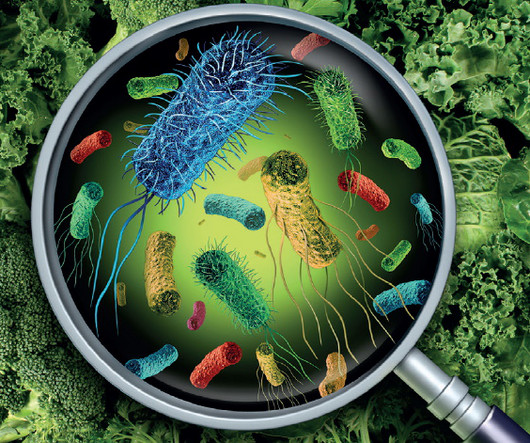
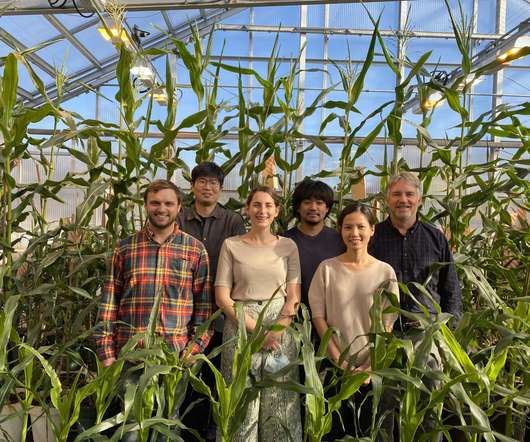
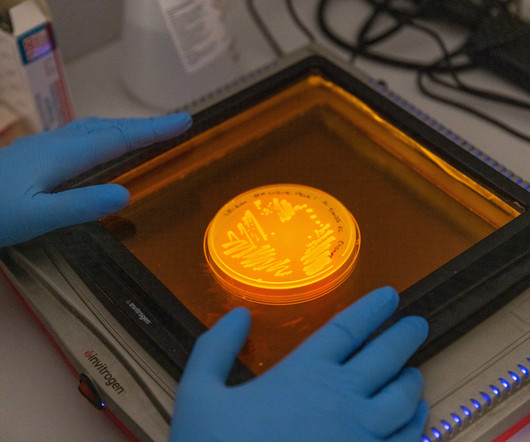
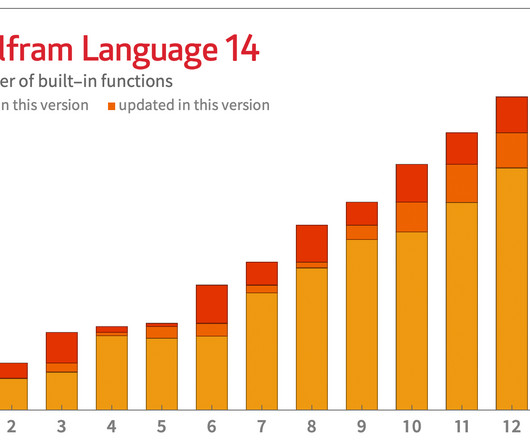
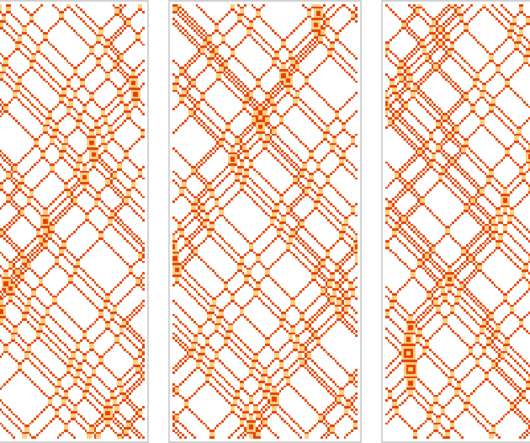






Let's personalize your content